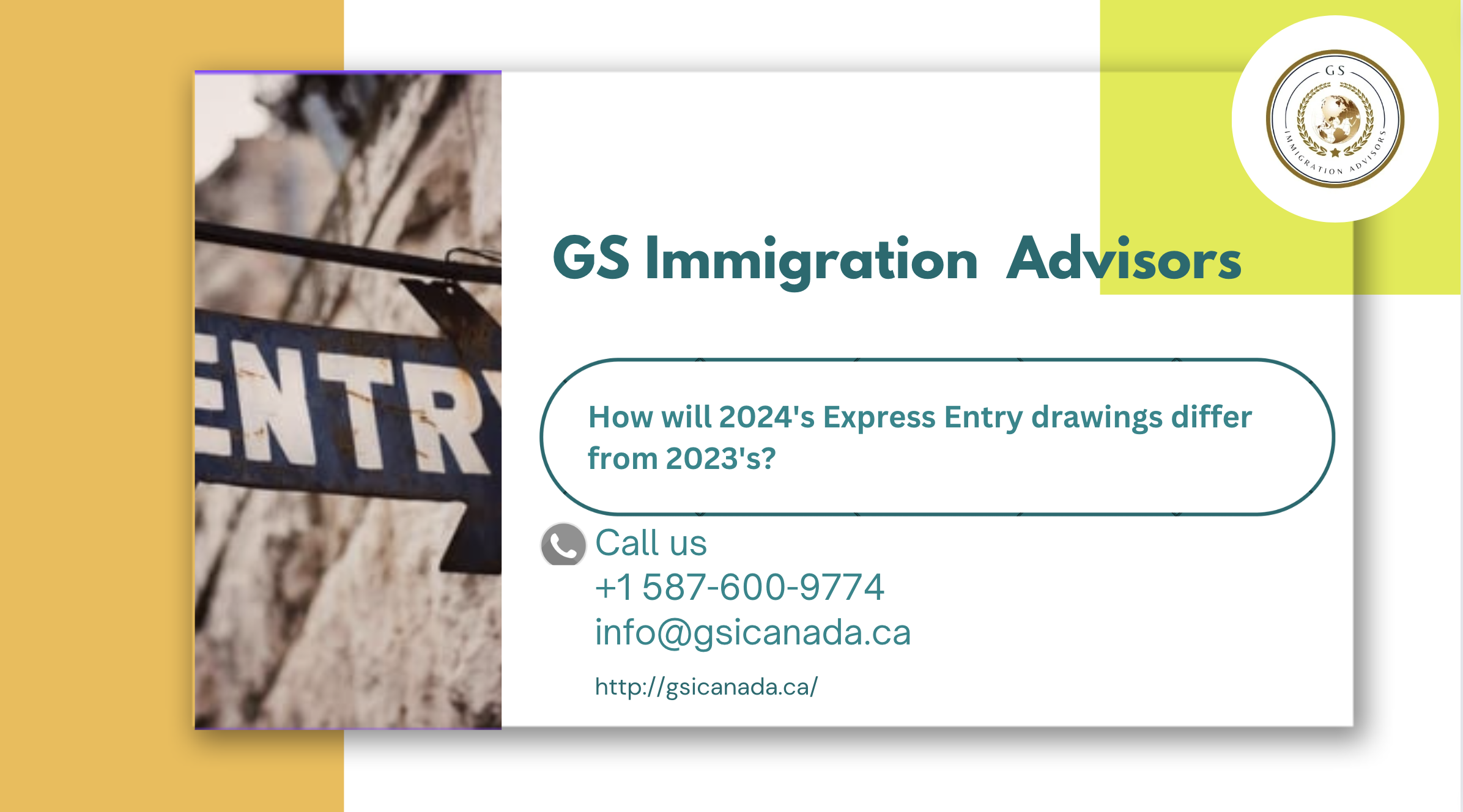
There have been numerous changes made to the Express Entry system thus far in 2024.
The Immigration Minister, Marc Miller, has expressed his aim to hold more “domestic draws” for individuals applying for Express Entry. Other changes include regular updates regarding proof of funding requirements, a month-long break in draws, and noticeably higher CRS scores.
What is the difference between the first half of 2023 and the first six months of 2024 in terms of the issue of invitations to apply (ITAs)? Furthermore, what does this indicate about the operation of Express Entry for the remainder of the year?
How many ITAs were issued in the first six months of 2023?
In the first six months of 2023, Immigration Refugees and Citizenship Canada (IRCC) held 13 Express Entry draws, issuing 49,948 ITAs to immigration candidates.
Draw types were:
- General* (encompassing the Federal Skilled Worker Program (FSWP), Canadian Experience Class (CEC) and the Federal Skilled Trades Program (FSTP));
- Provincial Nominee Program (PNP); and
- FSWP specific.
*In 2023 IRCC also used the designation “No Program Specified” to denote a general draw.
How many ITAs were issued in 2024’s first half-year?
The IRCC conducted 19 Express Entry drawings in the first half of 2024, awarding 41,855 ITAs to applicants for immigration.
Thus far, draw kinds have consisted of:
- Overall;
- proficiency in French;
- jobs in healthcare;
- jobs in agriculture and agri-food;
- jobs in transportation;
- jobs in science, technology, engineering, and math (STEM);
- PNP; furthermore
- particular to CEC.
The results of the Express Entry category-based selections will be additional draw kinds in 2024. This is a new rule in the Express Entry system that invites candidates who fit into one of six categories to apply for permanent residency (PR) in Canada based only on their inclusion; in these cases, the Comprehensive Ranking System (CRS) scores are not as important.
How do ITAs and Express Entry draws compare between the two years?
Between both years some interesting contrasts have emerged.
While 2023 saw a lower number of draws in the first six months (13 vs. 19), more ITAs were also issued during the same period last year, as compared to the first six months of 2024 (48,948 in 2023 vs. 41,855 in 2024).
The increase in both number of draws and draw types can likely be attributed to the new category-based selection draws, which Canada began to implement in the latter half of 2023. These new draw types may also be impacting both the cut-off scores and draw sizes of general draws, through the way that they impact the composition of the Express Entry pool.
Filtering just general draws between the two years, we can see that the draw frequency, average CRS cut-off and draw size of general draws in the first six months of 2023:
- Frequency of general draws 2023: 8;
- Average general draw size 2023: 5475 ITAs issued;
- Average general draw cut-off score: 489.
These are significantly different from draw sizes and cut-off scores in the same six months of 2024:
- Frequency of general draws 2024: 9;
- Average general draw size 2024: 1605 ITAs issued;
- Average general draw cut-off score: 536.
So, while Express Entry in 2024 has technically held more draws overall in the first half of 2024—the average draw size has decreased, with the department cumulatively issuing 7,000+ invitations less between January and June of 2024. In addition, we can see the average CRS score cut-off (not including category-based selection draws) in 2024, is almost 50 points higher than the average of general draws during the same period in 2023.
What can this information tell us about how Express Entry will function for the remainder of 2024?
Express Entry in 2024 will need to account for a difference of 7,000 less ITAs issued, when compared to the first six months of 2023.
When considering the immigration levels plan that the IRCC published last year, this dynamic becomes even more relevant. The proposal allots 110,770 for Express Entry (designated as “Federal High-Skilled”) in 2024. This represents a nearly 30,000 increase over Express Entry’s aim of 82,800 in 2023.
Notably these targets are not for ITAs, but rather for landings (when a new permanent resident abroad comes to Canada for the first time; or when a new permanent resident already in Canada completes their transition to PR status—in both cases formalising their new status in the country) of immigrants.
It is likely that IRCC plans for many newcomers to arrive in Canada in the year following the issuance of their ITA, given relevant processing and travel times. For example, the number of ITAs issued in the latter half of 2023 are likely to account for landings in 2024, which will in turn count towards the landings target IRCC has set out for the 2024 immigration levels plan. IRCC has a published service standard of six months to process all Express Entry applications.
We can infer some information from the Plan. In 2023, IRCC issued 110,226 ITAs through the Express Entry system, to meet the levels plan target. With a higher levels plan allocation this year (and in 2025), it is possible that the immigration department will pursue more ITAs to meet their larger immigration goals. This fact, coupled with the finding that IRCC has to date this year, issued 7,000 fewer ITAs than in 2023, could yield to an Express Entry system which holds more frequent draws, or draws of greater sizes throughout the remainder of 2024. However, this is just one possible outcome.
While this information can be pertinent to ITAs, it remains uncertain how many ITAs IRCC will issue throughout the remainder of the year.